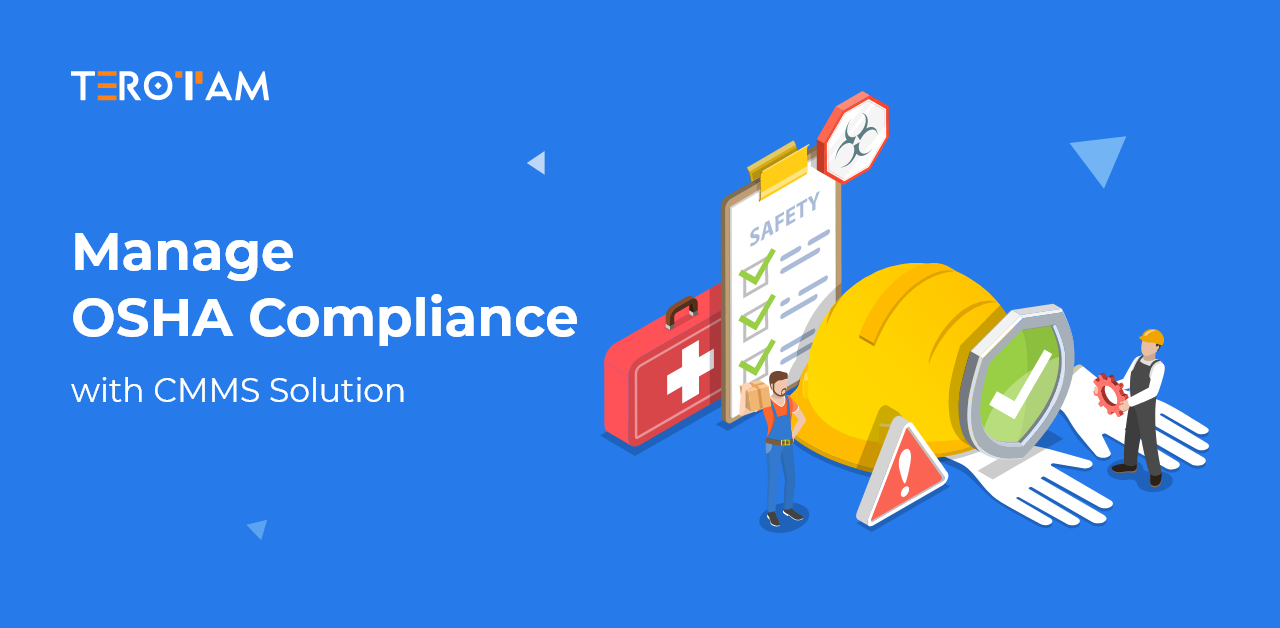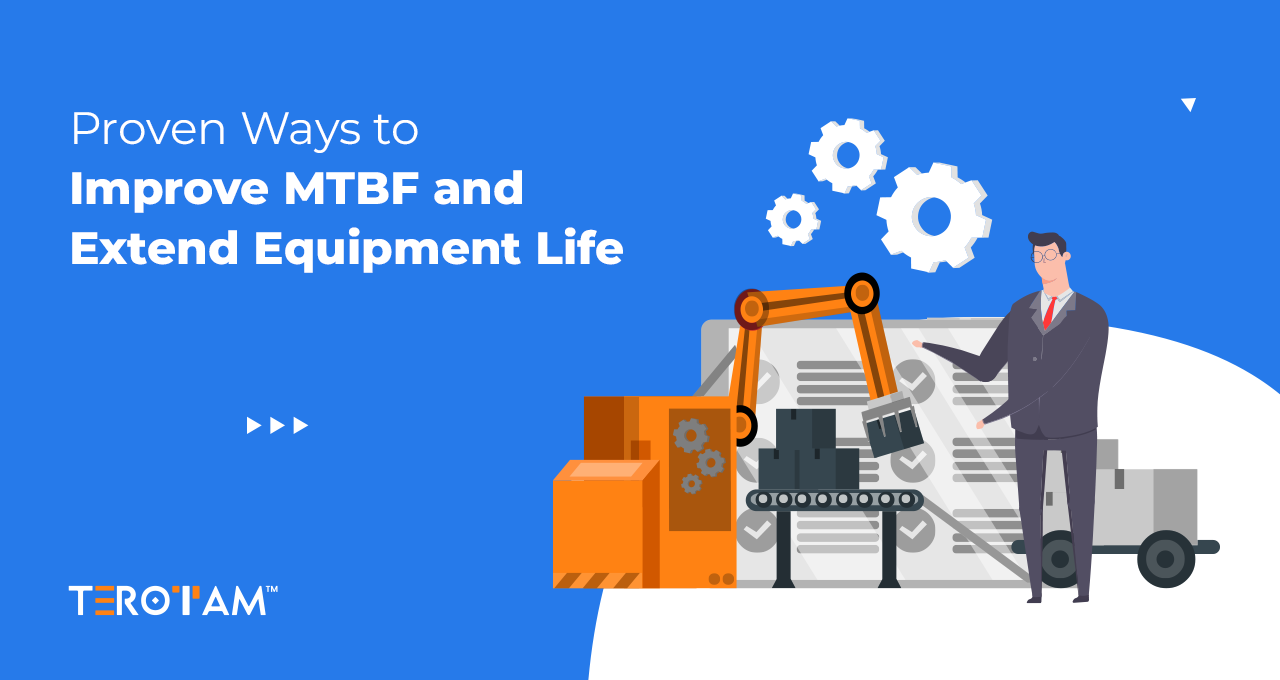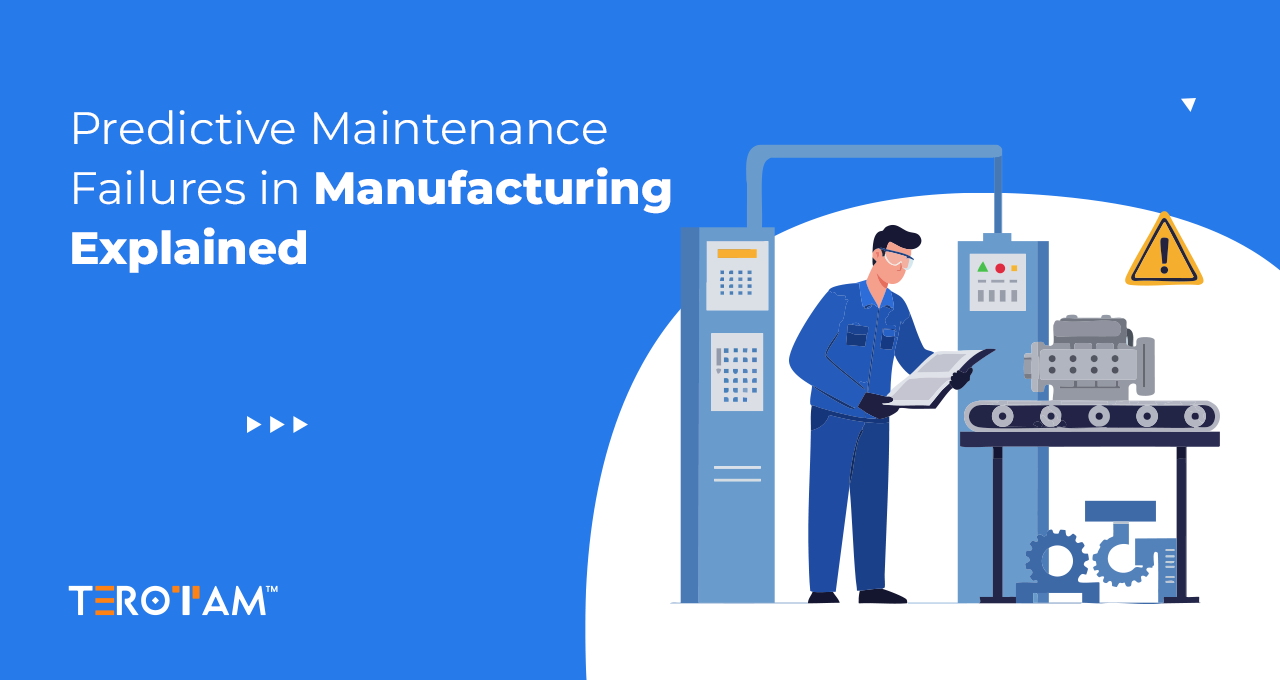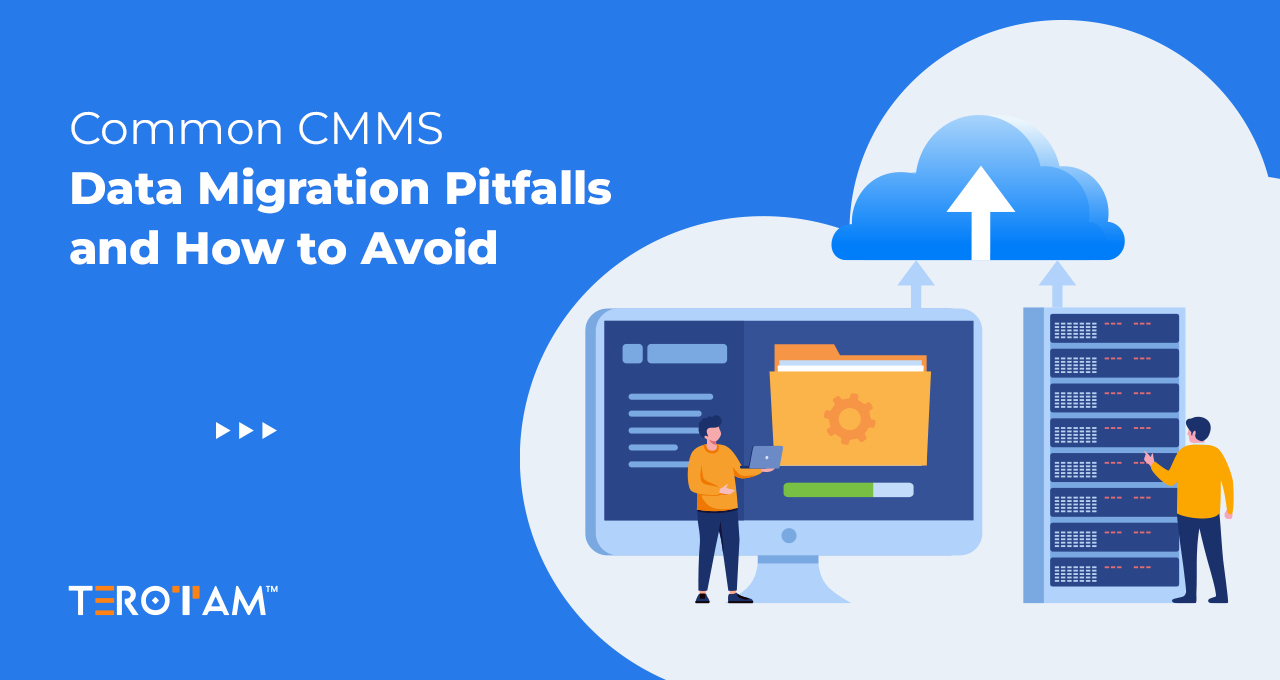OSHA (Occupational Safety and Health Administration) regulations are important in maintaining safety of workplaces and protecting employee health. OSHA is an authority for the United States but its principles and standards are globally relevant. For global safety protocols, many multinational corporations follow OSHA standards as they believe that it would be a sure way to maintain consistency across international operations and facilitate business partnerships with foreign entities.
For Indian occupational safety laws and regulations development and updates, OSHA regulations act as a yardstick; thereby enabling Indian companies to anticipate evolving domestic safety requirements while meeting them and build safety culture within organizations that embrace innovation.
Why should companies adhere to the OSHA Regulations?
For organizations in maintenance management and operational effectiveness, staying compliant with OSHA regulations is highly essential. This ensures compliance with regular inspections, preventive maintenance and safety protocols which minimizes workplace accidents and maximizes equipment reliability. Adherence to the standards of OSHA fosters a proactive culture for maintenance facilitated by CMMS software that streamlines processes and ensures regulatory congruity leading to an overall higher level of operational efficiency.
- Workplace safety can be improved through conducting routine inspections and carrying out preventive maintenance
- Following safety procedures will eliminate chances of accidents at workplaces
- Proactive maintenance reduces equipment downtime
- Documenting safety procedures guarantees regulatory adherence
- Compliance with OSHA minimizes both legal suits as well as financial risks associated with industrial accidents.
- OSHA standards require accountability throughout the company while stressing on safety first.
- Optimized equipment reliability enhances operational uptime.
- Efficiency in maintenance management is improved when it is linked with the system like CMMS software.
- Through compliance, businesses show their commitment towards corporate social responsibility while ensuring employee welfare.
How CMMS Software Can Help You Stay Compliant with OSHA Regulations?
In order to help organizations stay compliant with OSHA regulations, CMMS software is a very useful tool. It streamlines the maintenance management with systematic approach and automation of work tasks.
Let’s check out how it helps.
Scheduled Maintenance and Inspections
- Automated Scheduling: Automatically schedules preventive maintenance and inspections, ensuring they occur within required intervals.
- Reminder Alerts: Sends out alerts and reminders to relevant personnel to ensure maintenance tasks are not overlooked.
- Customizable Checklists: Allows the creation of standardized checklists based on OSHA guidelines that can be applied to different types of equipment and operations.
- Priority Assignment: Prioritizes maintenance tasks based on their safety impact to ensure critical operations are maintained first.
- Regulatory Updates: Keeps track of changes in OSHA regulations and updates the maintenance schedules accordingly.
- Documentation: With a dedicated Document management system, it provides a clear trail of maintenance records required for compliance during OSHA audits.
Record Keeping and Documentation
- Centralized Data Storage: Keeps all maintenance records in one place, easily accessible from anywhere.
- Audit Trail: Creates a comprehensive audit trail for inspections, maintenance activities, and repairs.
- Document Management: Stores manuals, OSHA compliance certificates, and safety procedures electronically.
- Digital Signatures: Captures digital signatures to verify the completion of tasks and adherence to safety protocols.
- Incident Reports: Streamlines the creation and management of incident reports which are critical for OSHA reviews.
- Accessibility: Rapid access to records when necessary during an inspection or audit should be ensured by this system
Safety Procedures and Compliance Reporting
- Standardized Protocols: Stores standardized safety protocols accessible to all workers.
- Custom Reports: Generates custom reports that show adherence to OSHA regulations.
- Real-time Updates: Provides real-time updates to safety protocols as new regulations come into effect.
- Emergency Protocols: Makes emergency response procedures readily available for quick reference.
- Regulatory Frameworks: adapts to various regulatory frameworks ensuring compliance across different jurisdictions
- Data Analysis: It is very important for companies carrying out this analysis in order to check those areas where there is no compliance with the government requirements
Risk Assessment
- Hazard Identification: Uses data for early identification of potential hazards before they become dangerous
- Preventative Measures: Comes up with preventive measures by looking at equipment history and performance
- Risk Scoring: Assigns risk scores that allow prioritizing maintenance tasks based on their severity and impact on people’s lives
- Data-Driven Insights: Information such as possible future failures and safety concerns can be revealed using this method
- Customizable Risk Matrix: To fit specific operational needs, risk matrices could be altered accordingly.
- Continuous Improvement: This system allows historical data review and risk assessments-based continuous improvement processes should be facilitated through it.
Work Permit Management
- Automated Permit Issuance: Permit-to-work management allows automated issuance of work permit which takes into account assessed risks as well as finished safety checks
- Integration with Risk Management: Links with risk assessment modules so that all risks are taken into consideration prior to permitting
- Compliance Checks: Eliminates unsafe walking surfaces in accordance with internal standards or under federal rules when permits are issued.
- Audit-Ready Documentation: A reliable record keeping system must hold detailed information concerning all permits issued including accompanying tasks in readiness for audits purposes.
- Worker Safety: This software ensures that staff members adhere strictly to established security guidelines leading to increased working environment safety.
- Streamlined Processes: Permit approval process should be simplified hence saved time and reduced mistakes.
Maintenance History
- Equipment Lifecycle Tracking: Surveying the whole life of equipment installation to its being decommissioned.
- Performance Analysis: It considers past maintenance records in order to project future maintenance needs and budget.
Wrapping it up
To keep the maintenance management on track for better operational excellence, compliance with OSHA guidelines is a key and by adopting tools like TeroTAM’s CMMS software, businesses can keep the process up to the mark with OSHA standards and create a safe and secure work environment.
Let’s connect to understand more how CMMS software can help you stay compliant or write us at contact@terotam.com








